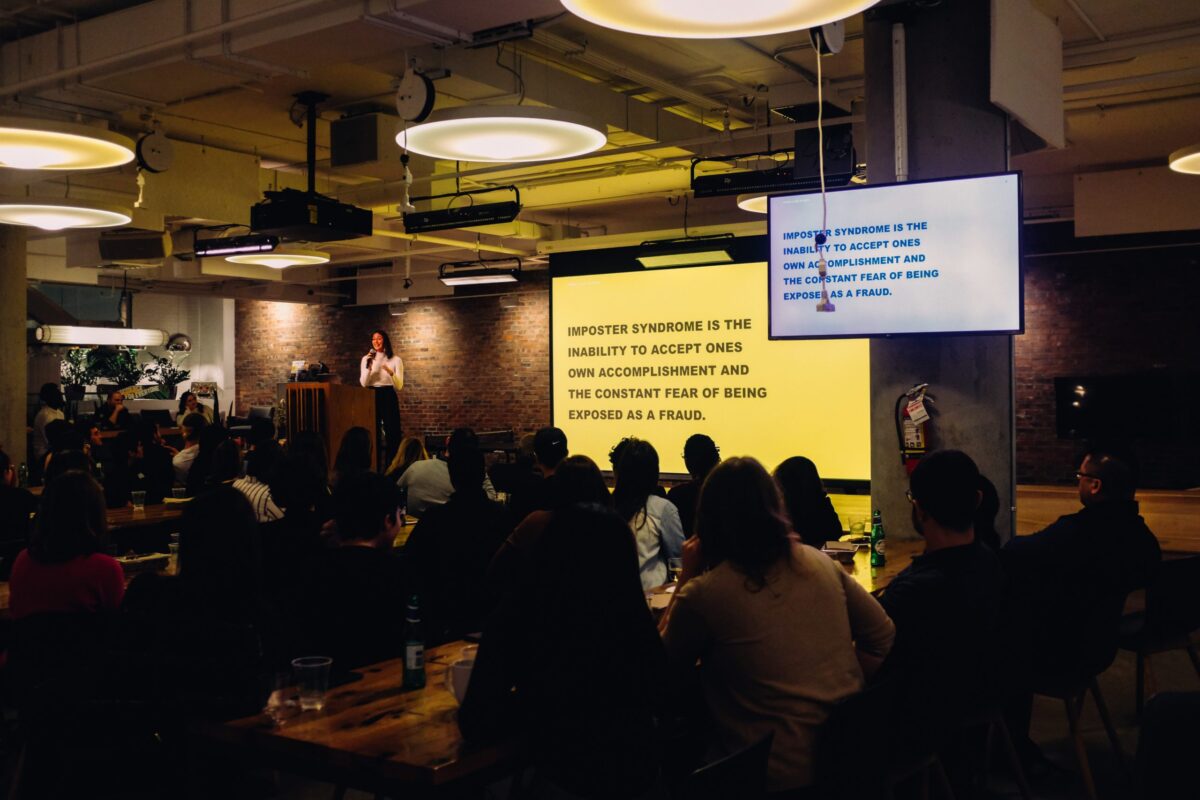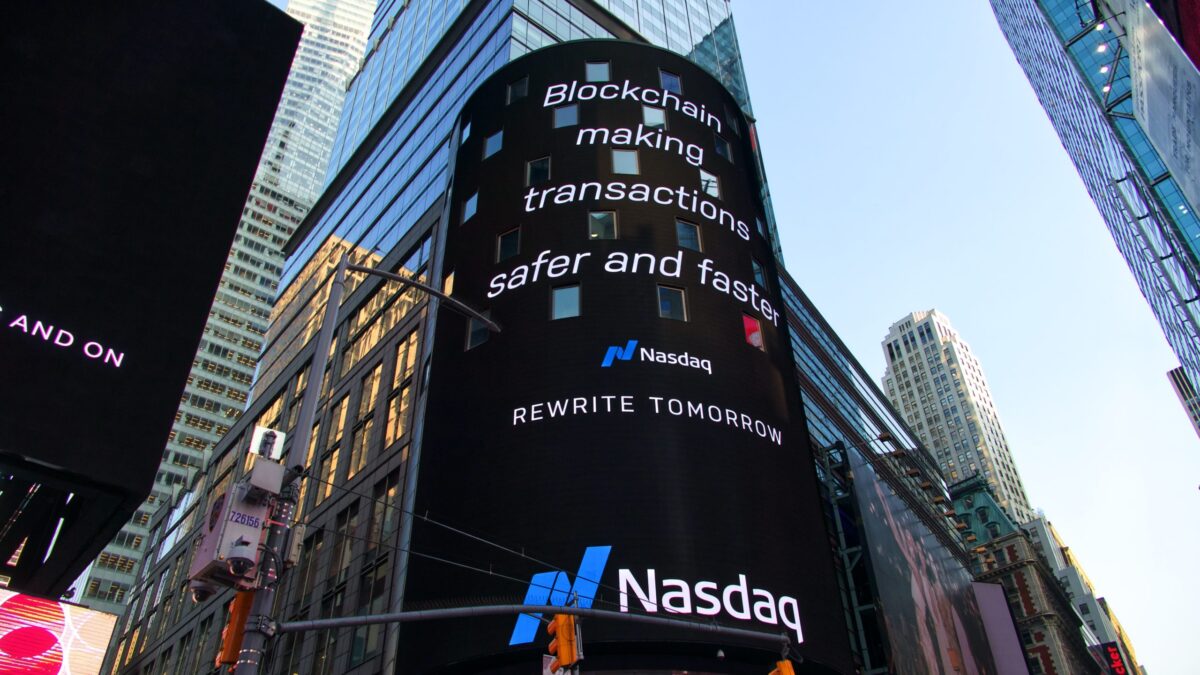
Nope, it’s not Steven Spielberg, or even Dr. Seuss. It’s Hans Rosling.
Never heard of him? After today, you’ll not only have heard of him, but you’ll wish you’d done so years ago.
The late, great Dr. Hans Rosling passed away on February 9, 2017. A professor of public health, he was the master of taking arguably mundane data – and lots of it – and one of the most boring forms of visual presentation – the graph – and transforming them into a mesmerizing story that made you forget you were learning.
So for anyone out there who uses the excuse that the information you have to share “isn’t all that exciting” to defend why their presentations are uninspiring, after reading this post, that excuse no longer exists.
See for yourself in this BBC video where he analyzes the life-expectancy-to-income ratio of 200 countries over 200 years… in about four minutes. As you watch, you’ll be amazed at not only how much he accomplished in those four minutes, but at how much you actually learned… not to mention how much you enjoyed the experience in the process.
The key lesson for our purposes here is something he states in the first few seconds of the video: “I know that having the data isn’t enough. I have to show it in ways people both enjoy and understand.”
Talk about a one-two punch; let’s face it, most people are satisfied if they can get people to understand their data. The idea of combining that with having the audience actually enjoy hearing about it… that seems almost as likely as finding a unicorn.
There is huge differentiator that most people fail to grasp: the amount of information you present in no way naturally correlates to the amount of information the audience absorbs. That part is 100% up to you to make the information both comprehendible and ideally interesting, so it’s not just that the audience can understand what you’re saying, but they actively want to understand it, and then ask for more.
That’s why Professor Rosling was the master. For most of us, we’ll claim that of course global public health is important to us on a general level, but it’s not something we’ll go out of our way to learn about. But from the moment he starts talking, we are practically compelled to keep watching, genuinely curious to see where he goes next.
So what’s the secret sauce to being this good?
I’ve worked with a lot of people in this area, and there are some really important commonalities regarding the challenges that they face, and where Professor Rosling excels. Let’s break down the ingredients into three categories: Visual, Verbal and Vocal.
First: Visual. This one’s easy. As the adage says, “A picture is worth 1000 words.” When graphs or other visual aids are easy to see and understand, the audience just “gets it,” allowing you to share more information much more efficiently. His body language also flows with the picture, and matches his level of enthusiasm as he speaks, which makes it all feel very natural, and draws you in.
Second: Verbal. He’s a globally-renowned expert, but he doesn’t try to prove this by using lots of technical terms or speaking over the viewers’ heads. He uses language everyone can understand, and breaks his points down into distinct sentences with a clear beginning and end. It’s not a rambling stream of consciousness as he figures out what he wants to say. He is crystal-clear on what each point needs to be, and he delivers them on a silver platter, one by one, making it easily digestible for the audience.
Third: Vocal. Without looking at his script, how can you tell where sentences (and points) start and end? Because you can hear it. At the end of his sentences, you can hear where there is a period or exclamation point based on the intonation changes in his voice: there is a low drop for periods, and the sentence or last word may rise in pitch until the very last second and then quickly fall to indicate excitement, i.e. the exclamation point. Where a phrase is not the end of a sentence, his pitch often goes up to indicate a comma, and then the rest of the sentence follows, culminating in the voice-drop. And at the end of his sentences, there is a brief pause, which allows you to process what he just said, and prepares you for the next nugget to come.
(For those of you who need to hear/see some examples of these vocal concepts and the ones that follow, check this short little video here.)
Intonation contrasts – otherwise known as tonality, i.e. where you put the high and low pitch points in your speech – have an additional value beyond implying punctuation and grammar: they are chiefly responsible for conveying interest. He “punches” important key words with higher pitch and draws them out a bit in a way that sounds more enthusiastic. It captures the audience’s interest, and even makes it easier for them to cognitively process the key points, aiding in comprehension.
Plus, the audience will feed off the speaker’s energy before they process what they heard. Dr. Rosling genuinely loves his subject, and his passion for it comes through with each fact he shares, and it’s contagious.
As a point of contrast, reflect back on actor Ben Stein’s most infamous character, the economics teacher in Ferris Bueller’s Day Off, who epitomized the world’s most boring teacher. While that was funny in the movie, the sad truth is that he more accurately reflects the typical speech style of people at your average office meeting or presentation than Professor Rosling.
The good news is that the typical standard of mediocrity in how people share data can be raised, and I challenge you to do it. While you may not have all the fancy computer graphics at your disposal, you can use these simple verbal, vocal and visual strategies to tell the story of your data rather than just plod through your statistics one by one.
Better yet, you can also use his software to bring your data to life if you so choose. At Dr. Rosling’s site, Gapminder.org, he gives it to you for free through open licensing, and even shows you how to use it.
So thanks, Dr. Rosling, for inspiring the world in two ways: with all that you have done in the world of public health, and for modeling how to make even the most “boring” data compelling through the art of storytelling.
********
Do you have questions or comments about the issues in today’s post, want to know how to apply them, or how to help others with them? If so, contact me at
laura@vocalimpactproductions.com or click here to schedule a 20-minute focus call to discuss them with me personally!






















